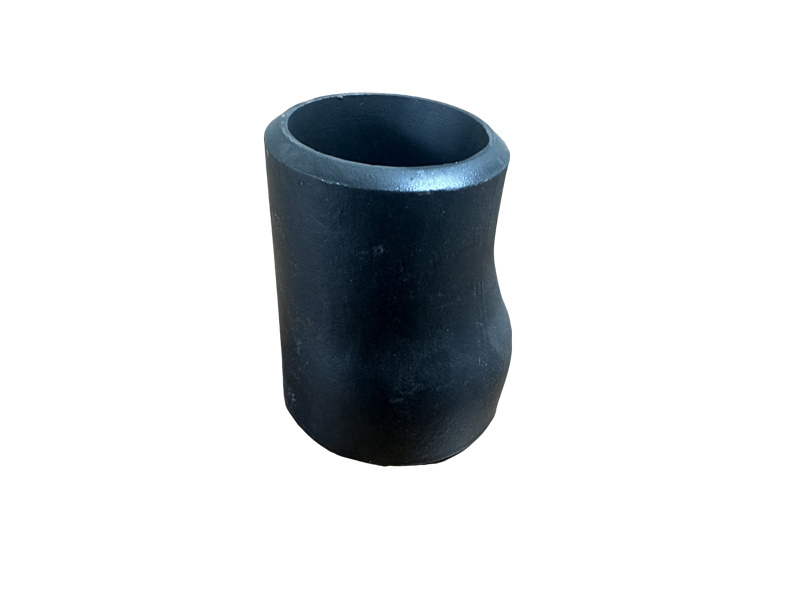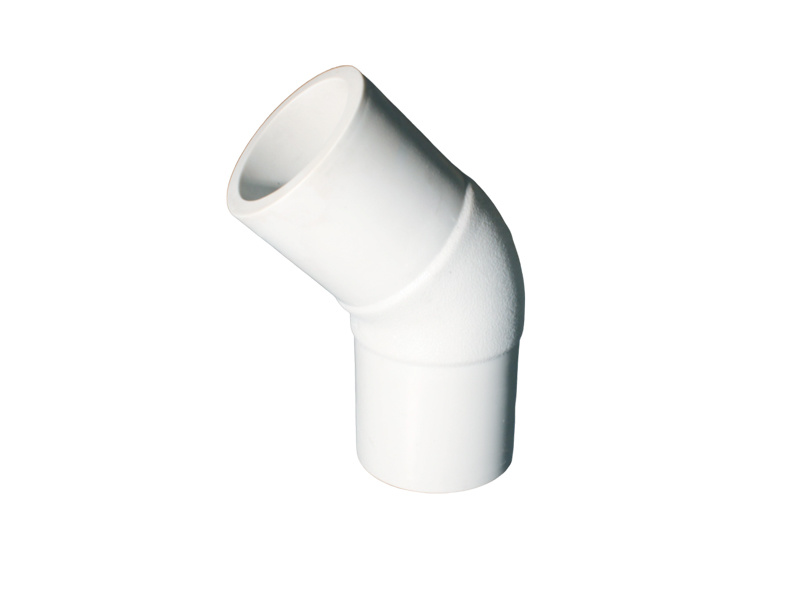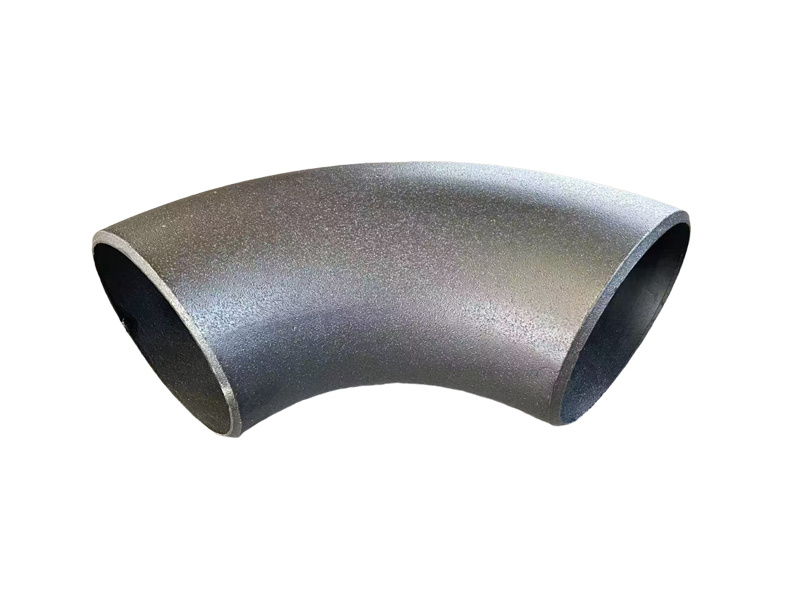-
Understanding the Design Principles of Concentric Reducer Fittings: A Comprehensive Guide
Date:
03 Oct,2025
Understanding the Design Principles of Concentric Reducer Fittings Table of Contents 1. What are Concentric Reducer Fittings? 2. Key Design Principles of Concentric Reducers 2.1 Flow Dynamics 2.2 Pressure Drop Considerations 3. Applications of Concentric Reducers 4. Materials Used in Concentric Fittings 5. Advantages of Concentric Roun
Understanding the Design Principles of Concentric Reducer Fittings
Table of Contents
- 1. What are Concentric Reducer Fittings?
- 2. Key Design Principles of Concentric Reducers
- 3. Applications of Concentric Reducers
- 4. Materials Used in Concentric Fittings
- 5. Advantages of Concentric Round Reducers
- 6. Installation Practices
- 7. Common Mistakes and How to Avoid Them
- 8. FAQs
1. What are Concentric Reducer Fittings?
Concentric reducer fittings are essential components in various piping systems, designed to connect two pipes with different diameters. These fittings are characterized by their unique design, which allows for a smooth transition in diameter while maintaining a consistent centerline. This design is crucial in optimizing fluid flow and minimizing turbulence within the system. Typically constructed from materials like PVC, steel, or copper, concentric reducers play a pivotal role in plumbing, HVAC, and industrial applications.
2. Key Design Principles of Concentric Reducers
Understanding the design principles of concentric reducer fittings is vital for engineers and architects. These principles ensure that the fittings perform efficiently within a given system.
2.1 Flow Dynamics
The flow dynamics of concentric reducers are fundamental to their design. When fluids pass through a larger diameter pipe and enter a smaller one, the velocity of the fluid increases, resulting in a change in pressure. Concentric reducers are designed to minimize turbulence and create a streamlined flow, enhancing the overall efficiency of the system. The angle of the transition between the two diameters plays a crucial role in determining the flow characteristics. A gradual taper is preferred to reduce the risk of cavitation and excessive pressure loss.
2.2 Pressure Drop Considerations
Another critical design principle revolves around pressure drop considerations. As fluid flows through a concentric reducer, there is an inherent loss of pressure. This pressure drop must be carefully calculated to ensure the system operates efficiently without exceeding the pump’s capabilities. Engineers often use computational fluid dynamics (CFD) simulations to predict and optimize pressure changes within the system, allowing for better design and implementation of concentric reducers.
3. Applications of Concentric Reducers
Concentric reducer fittings find applications in diverse industries, making them a versatile choice for various construction and plumbing needs. Some common applications include:
- HVAC Systems: In heating, ventilation, and air conditioning systems, concentric reducers help in the smooth transition of air ducts, ensuring efficient airflow and temperature regulation.
- Piping Systems: Used in water supply, drainage, and waste systems, these fittings facilitate the connection between different pipe sizes, ensuring the system's integrity and functionality.
- Industrial Applications: In manufacturing and processing plants, concentric reducers are essential for managing fluid transfer and maintaining optimal pressure levels in piping systems.
4. Materials Used in Concentric Fittings
The choice of material for concentric reducer fittings significantly impacts their performance, durability, and resistance to corrosion. Common materials include:
- PVC: Lightweight and resistant to chemicals, PVC fittings are ideal for residential plumbing and irrigation systems.
- Stainless Steel: Known for its strength and corrosion resistance, stainless steel is commonly used in industrial applications, particularly in environments with high pressure and temperature fluctuations.
- Copper: Copper fittings are often used in plumbing and HVAC applications due to their excellent thermal conductivity and reliability.
5. Advantages of Concentric Round Reducers
Opting for concentric round reducers presents several advantages:
- Improved Flow Efficiency: The smooth transition in diameter minimizes turbulence, leading to more efficient fluid flow.
- Versatility: These fittings can be used in various applications, providing flexibility in design and implementation.
- Reduced Risk of Cavitation: The gradual taper reduces the likelihood of cavitation, which can damage piping systems and lead to costly repairs.
6. Installation Practices
Proper installation of concentric reducer fittings is crucial to ensure optimal performance and longevity. Here are some best practices to consider:
- Alignment: Ensure that the fittings are aligned correctly with the pipes to avoid stress and potential leaks.
- Sealing: Use quality sealing materials to prevent leaks at the joints, considering the type of fluid being transported.
- Testing: After installation, conduct pressure tests to verify that the system is leak-free and operating efficiently.
7. Common Mistakes and How to Avoid Them
Awareness of common mistakes during the use and installation of concentric reducer fittings can significantly impact system performance. Here are some pitfalls to avoid:
- Using Incorrect Sizes: Ensure that the reducer accurately matches the pipe sizes to avoid flow issues and pressure loss.
- Ignoring Pressure Calculations: Always perform thorough pressure calculations to prevent overloading the system.
- Neglecting Maintenance: Regularly inspect fittings for wear and tear, replacing them as necessary to ensure continued efficiency.
8. FAQs
What is a concentric reducer?
A concentric reducer is a type of pipe fitting designed to connect two pipes of different diameters while maintaining a central axis, allowing for smooth fluid flow.
What are the benefits of using concentric reducers in piping systems?
Concentric reducers improve flow efficiency, reduce turbulence, and minimize pressure loss, making them ideal for various applications in plumbing and industrial systems.
How do I choose the right size concentric reducer?
Selecting the correct size involves measuring the diameters of the pipes being connected and ensuring that the reducer fits snugly without causing unnecessary stress on the system.
What materials are best for concentric reducers?
The best materials depend on the application. PVC is suitable for residential plumbing, while stainless steel is preferred for industrial environments due to its durability and corrosion resistance.
How can I ensure proper installation of concentric reducer fittings?
Ensure proper alignment, use quality sealing materials, and conduct pressure tests after installation to verify the system's integrity and performance.
Conclusion
Understanding the design principles of concentric reducer fittings is essential for professionals in the construction and plumbing industries. By grasping the key concepts surrounding flow dynamics, pressure considerations, and proper installation practices, one can optimize the use of these fittings for various applications. Whether in HVAC systems, residential plumbing, or industrial setups, concentric reducers play a critical role in maintaining efficient fluid flow and system reliability. By following best practices and avoiding common pitfalls, you can ensure that your installations perform optimally, contributing to the longevity and effectiveness of your piping systems.
Previous:
Related News
03 Oct,2025
Understanding the Design Principles of Concentric Reducer Fittings: A Comprehensive Guide
Understanding the Design Principles of Concentric Reducer Fittings Table of Contents 1. What are Concentric Reducer Fittings? 2. Key Design Principles of Concentric Reducers 2.1 Flow Dynamics 2.2 Pressure Drop Considerations 3. Applications of Concentric Reducers 4. Materials Used in Concentric Fittings 5. Advantages of Concentric Roun
01 Oct,2025
Understanding Concentric Pipe Fittings: A Comprehensive Guide
Concentric pipe fittings are specialized components used in various piping systems, particularly in construction and decoration materials. They are designed to connect pipes of different diameters in a way that maintains a consistent alignment, ensuring a streamlined flow of fluids. The term "concentric" refers to the design where one pipe fits perfectly over another, sharing a common center line.
29 Sep,2025
Understanding the Myths: Common Misconceptions About Forged Steel Elbows Explained
Understanding the Myths: Common Misconceptions About Forged Steel Elbows Explained In the construction and plumbing industries, **forged steel elbows** play a crucial role in directing the flow of liquids and gases through piping systems. However, despite their importance, various misconceptions surround these components. This article aims to clarify and correct these misunderstandings, providing
Contact information
Address: North Ring Industrial Zone, Mengcun County
Telephone: 86 0317- 6729218 86 0317-6727320
Fax: 0317-6727310
mobile phone: 86 13833761688whatsapp: 86-13780271039
Email: shengyuanflange@163.comLeave Message










